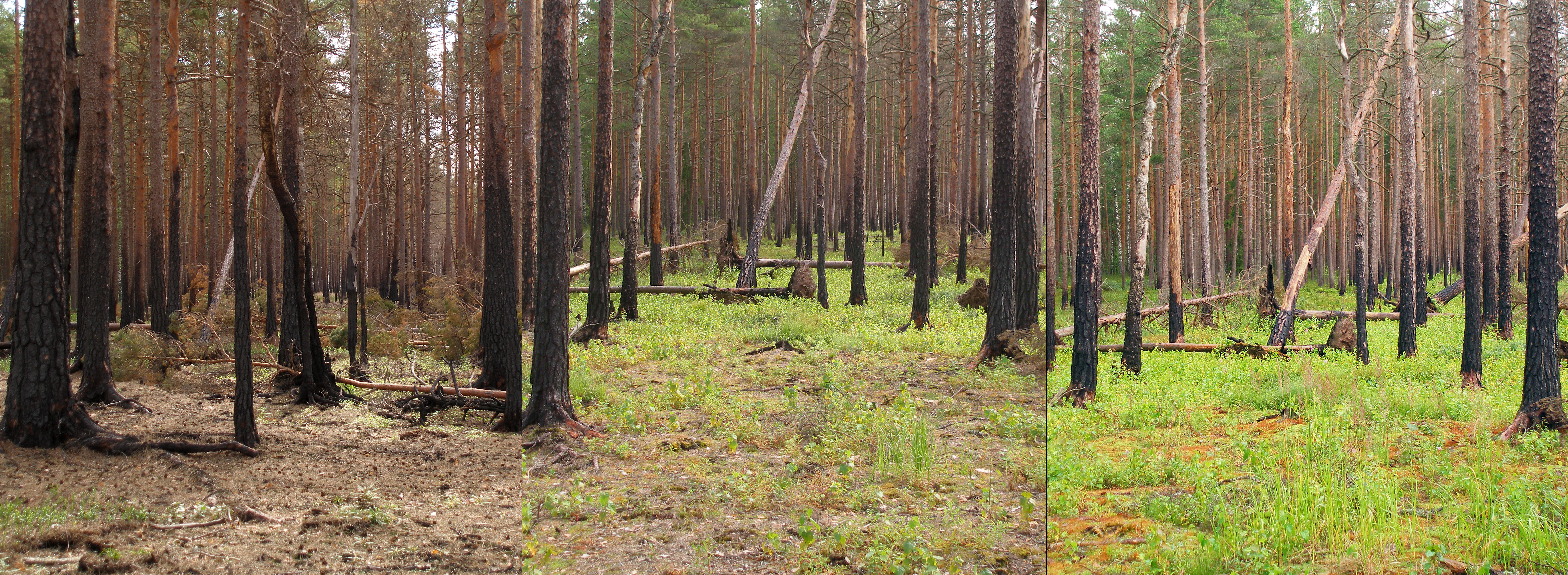Recommended Best Management Practices
In order to give forests the best chance at surviving into the future, stakeholders (YOU!) need to advocate for best management practices to be included in the Forest Plan. These management practices include:
- Protection and connection of core areas (high quality lands with maximum size) using corridors (linkages between core areas) and buffer zones (lands surrounding cores and corridors that serve as an intermediary between development and wilderness)
- Add more Special Management Areas
- Protect the corridors along trails to protect each trail and its scenery
- Protection of migration stopovers and endangered Red-Cockaded Woodpeckers' habitat
- Restoration of degraded habitats, including re-establishing riparian vegetation and habitats, prairie recovery, and restoration of wetlands
- Reduction of non-climate stressors such as roads, oil/gas drilling/development, habitat fragment, and the use of toxic chemicals
- Management of non-native species, such as feral hogs and Chinese Tallow
- Minimization of the effects of urbanization including noise pollution

- Retention of the Wilderness Act of 1964, limiting the interventions legally allowed in designated wilderness areas, should not be changed
- Maintenance of biodiversity
- Allow trees to grow longer before logging or halting logging altogether to increase the amount of carbon being stored in vegetation (Learn more about Carbon Sinks)
- Retention of snags (standing dead trees) and downed trees as unique habitat niches
- Maintenance of forest health through prescribed burns
These are only a few of the best management practices that should be recommended to the Forest Service to include in the Forest Plan Revisions.
Barriers to Best Management Practices
Barriers to implementing best management practices include:
- Cooperation between the Forest Service, private landowners, land trusts, landscape conservation plans/initiatives, as well as other public and private protected lands. Cooperation is vital to ensuring that protected areas are as large as possible, management practices are consistent, and information is shared between all concerned entities.
- Interventions designed to domesticate nature and in some cases conserve nature prevent nature from self-regulating and ultimately destroy the “wild” in nature. Two examples of potentially harmful interventions are:
- The definition of an alien species changes as the ecosystem changes. Introduction of a species not currently found in an ecosystem can cause more damage than good to an ecosystem, even if that species was historically found in that ecosystem.
- Any attempts to work against nature, specifically ecological engineering and genetic manipulation prevent nature from self-regulating.
- Catastrophic wildfire myths
- Wildfires, even large and intense ones, are a natural process and as such should not be suppressed.
- Fires help to create new habitats for a multitude of species.

- Thinning actually increases the risk of high intensity fires because fire resistant trees are often removed in the thinning process, highly combustible “slash” debris is left behind, protective canopy cover is lost, the growth of combustible brush is accelerated with the loss of canopy cover and the speed of winds created by the fire are increased due to lack buffering by fire resistant trees.
- Older forests have a decreased risk of a high intensity fire occurring due to an increase in protective canopy cover.
Image Credits: PJeganathan, Hannu